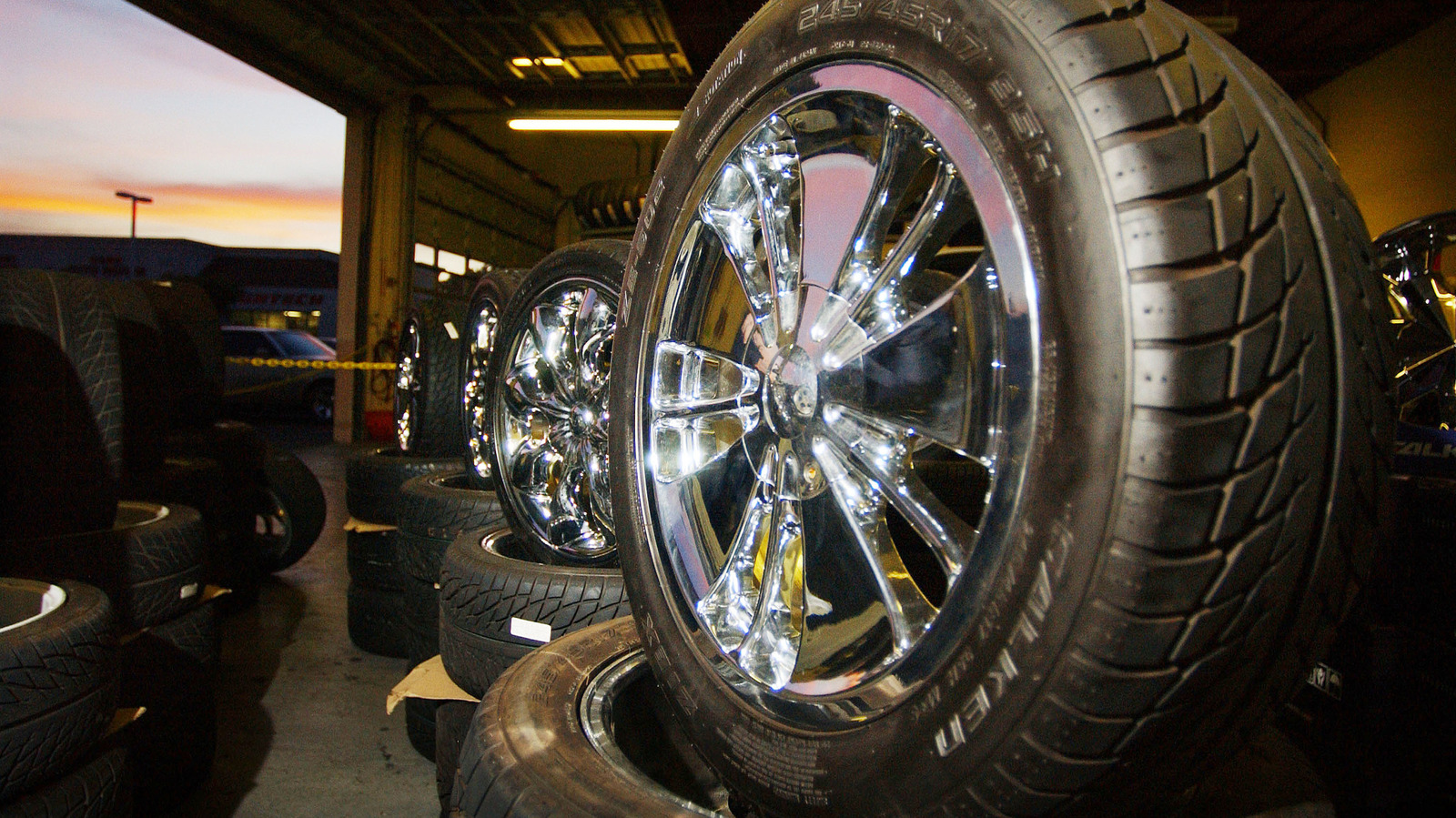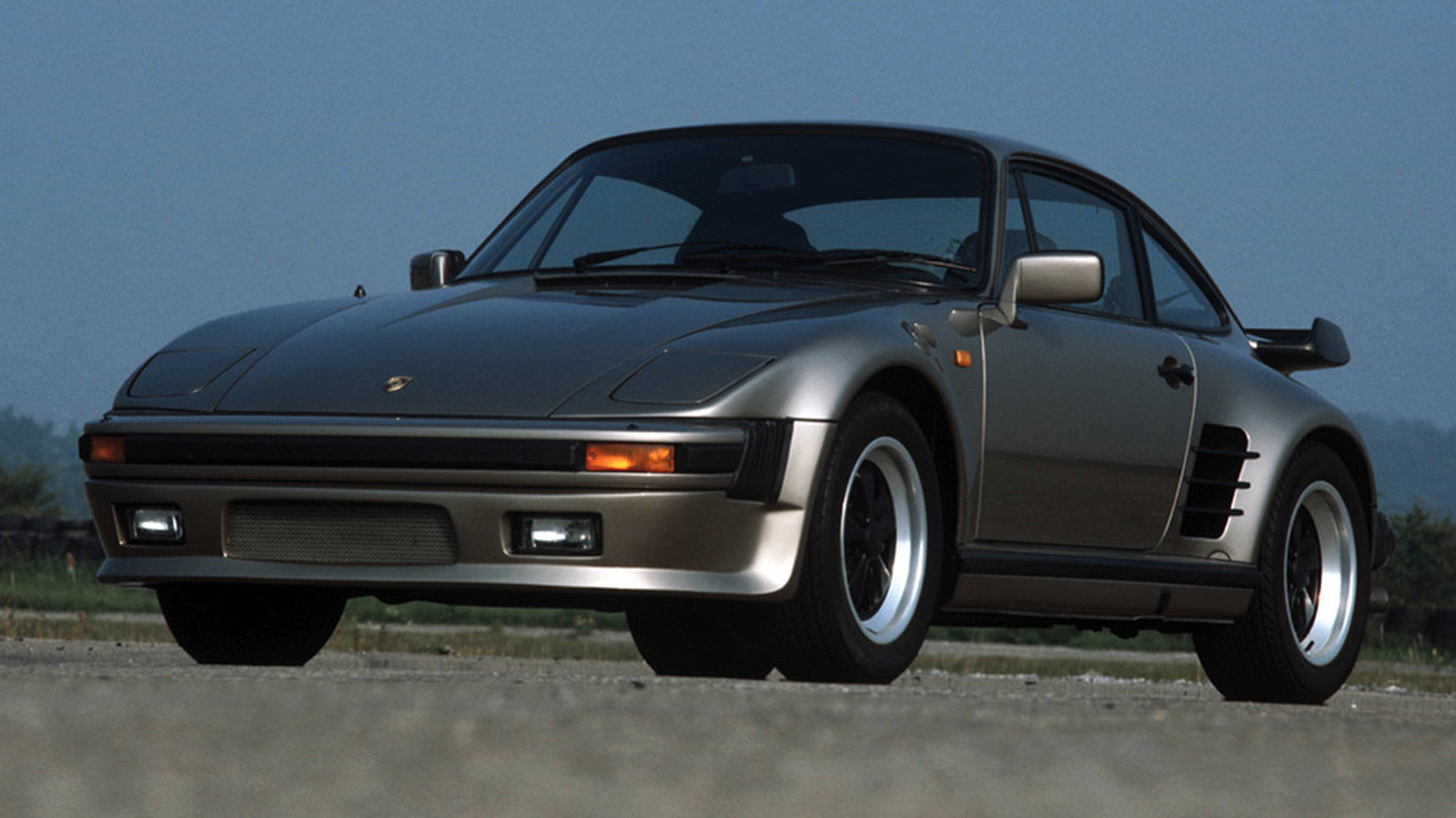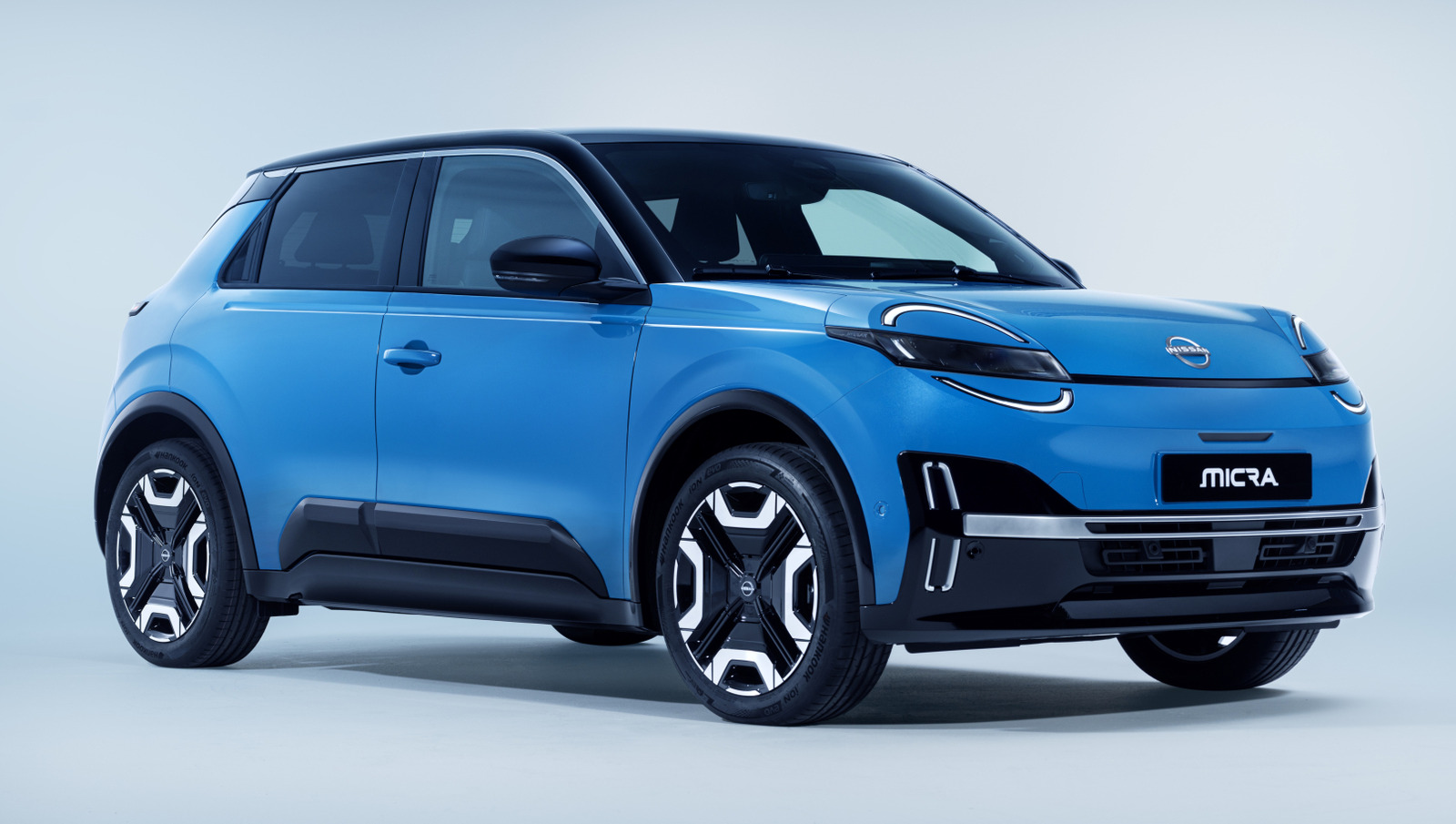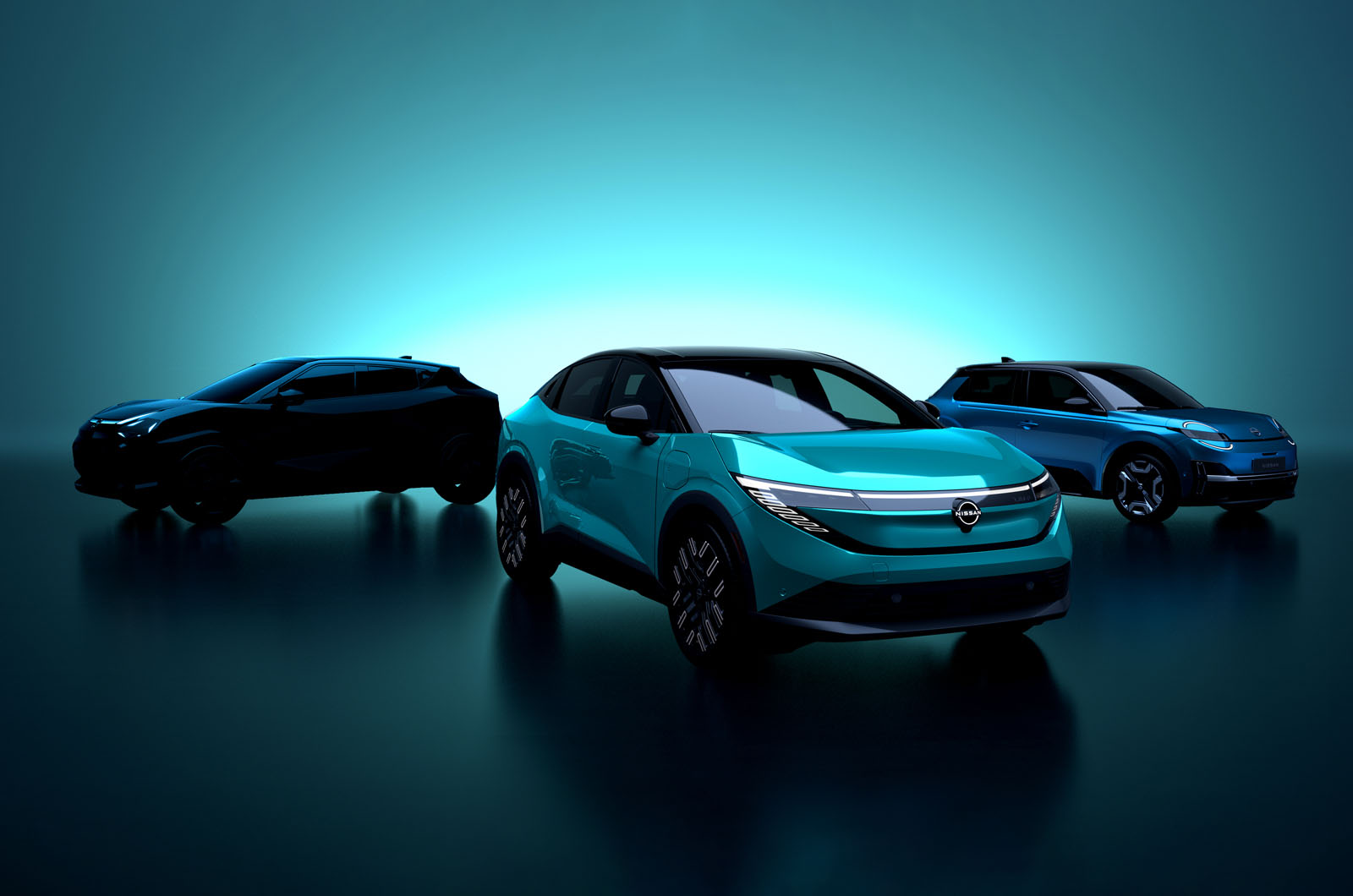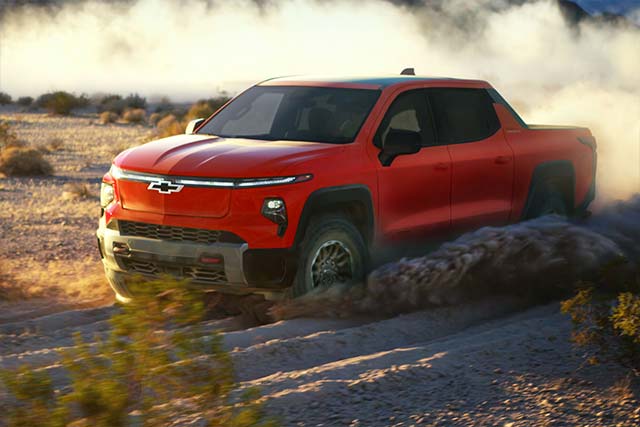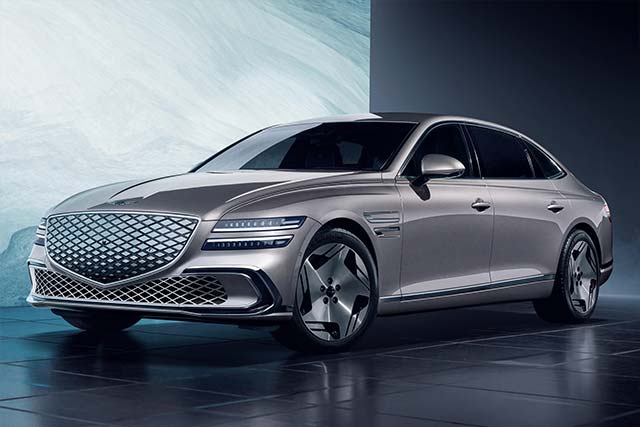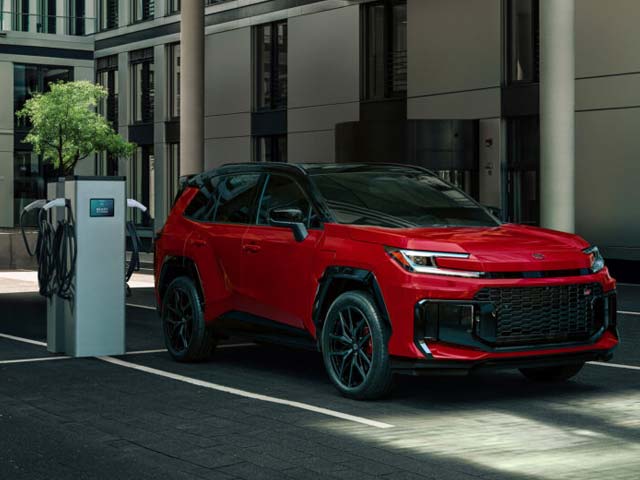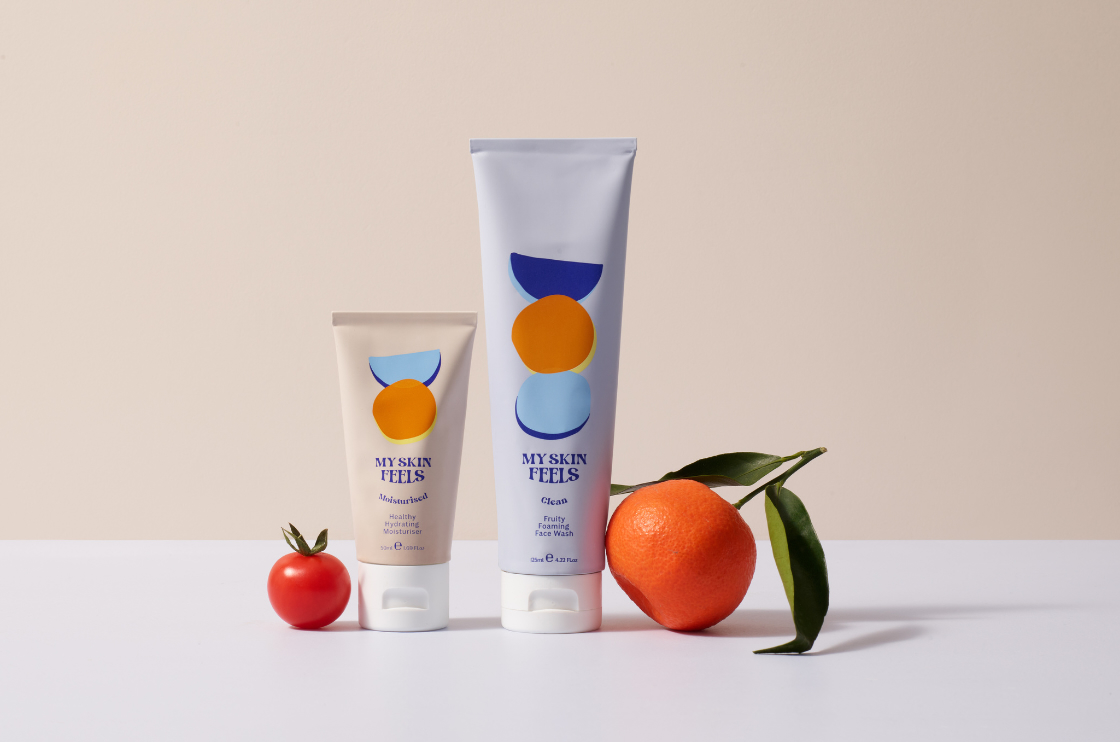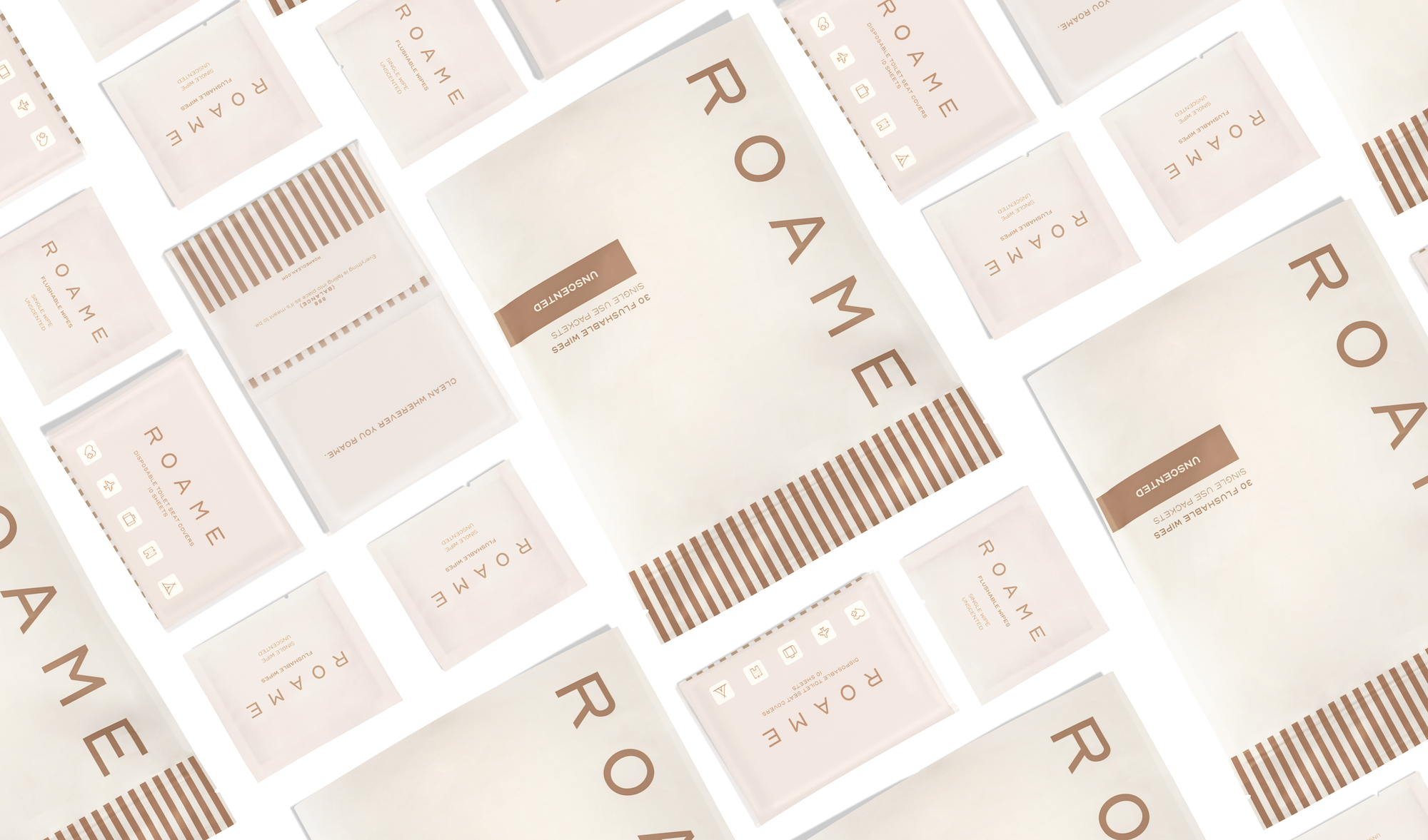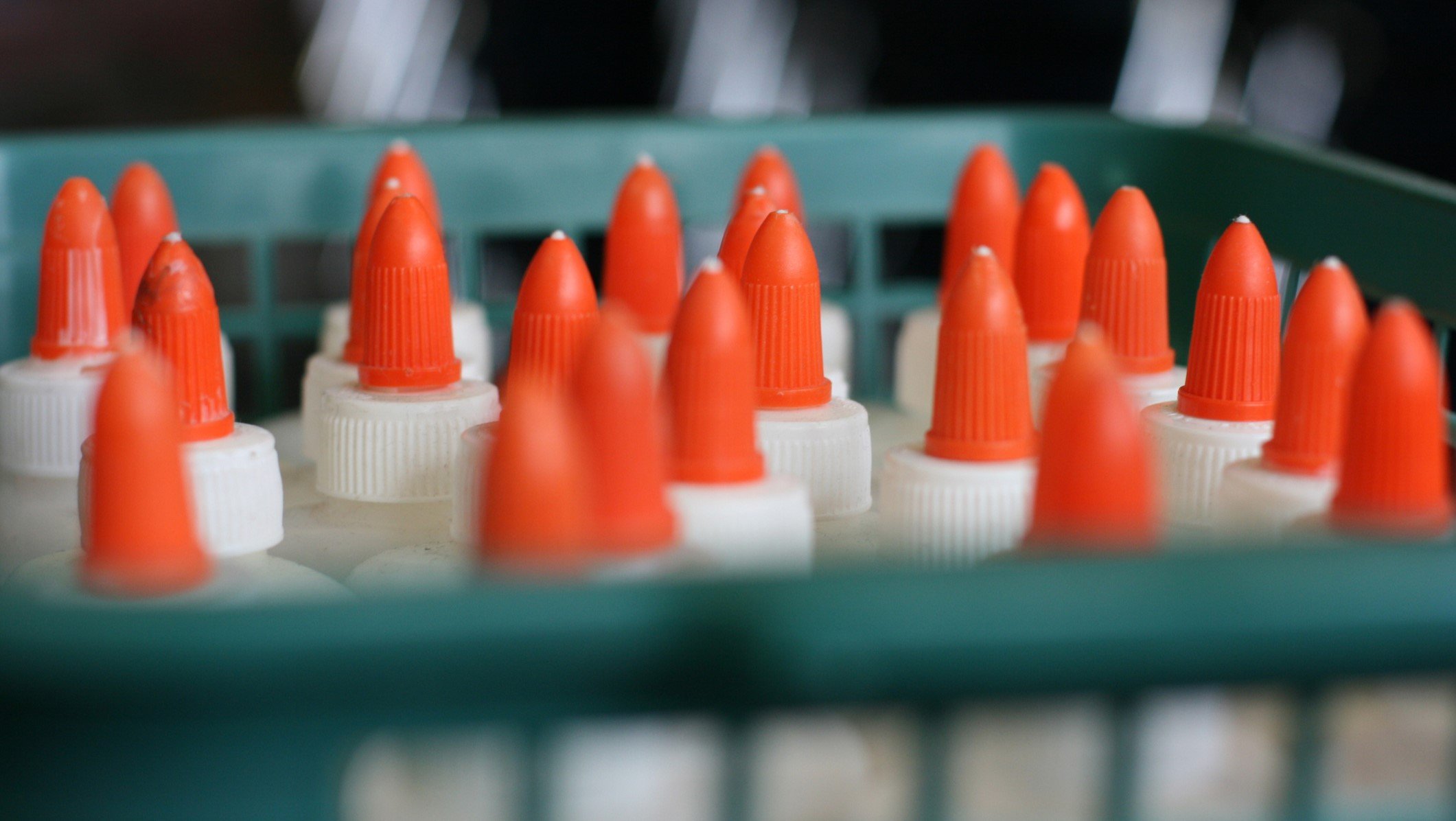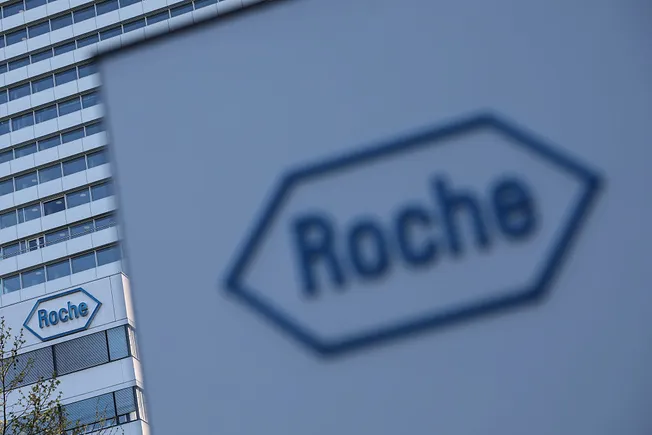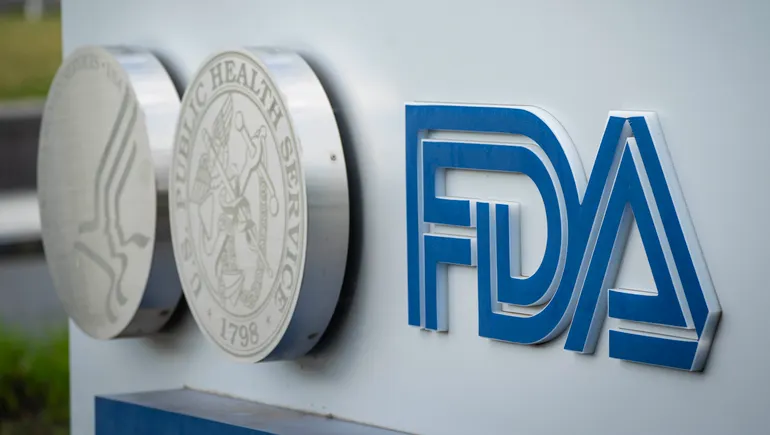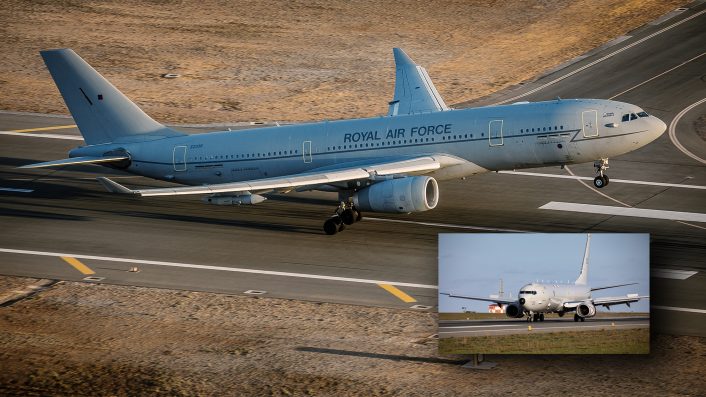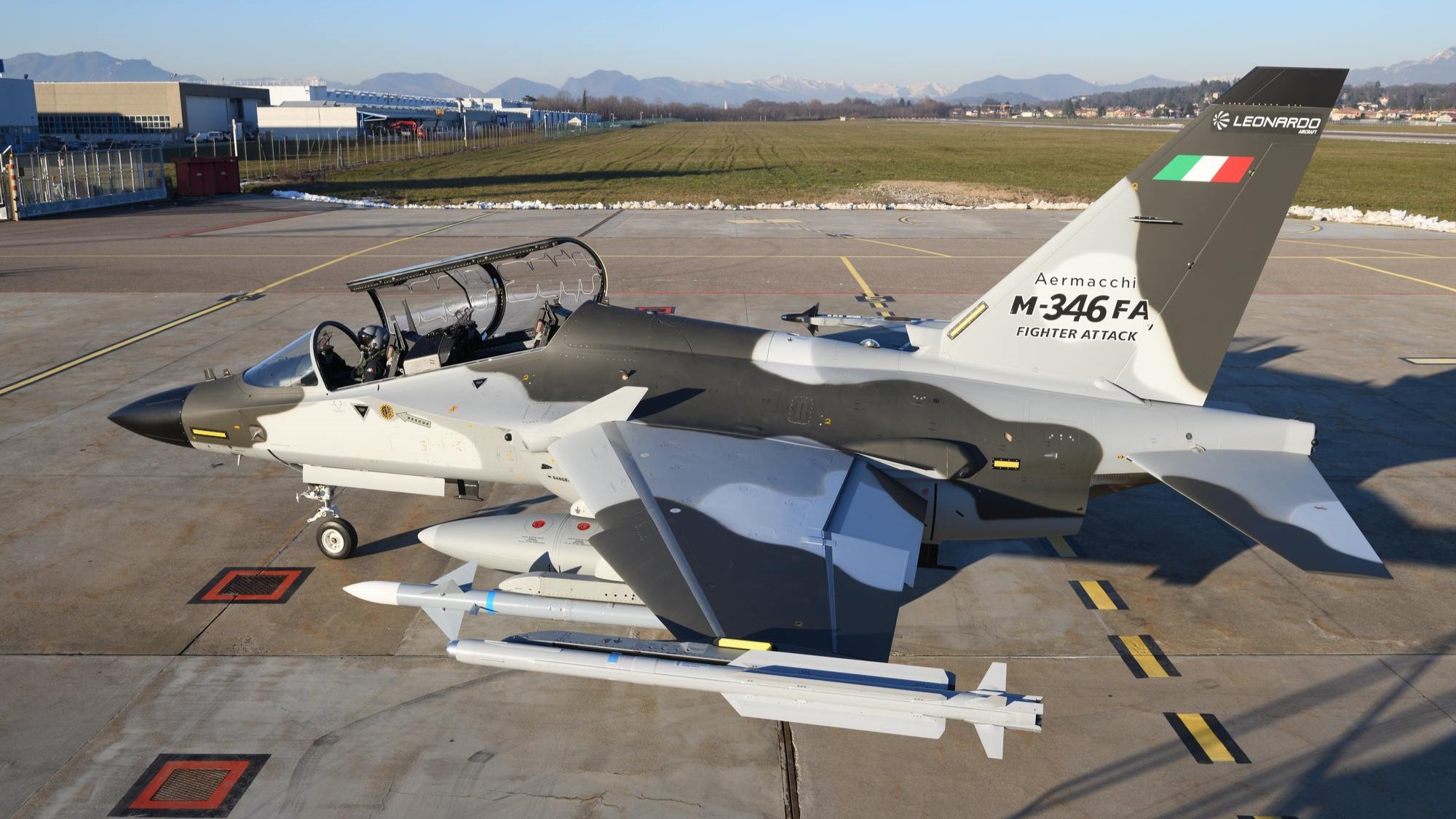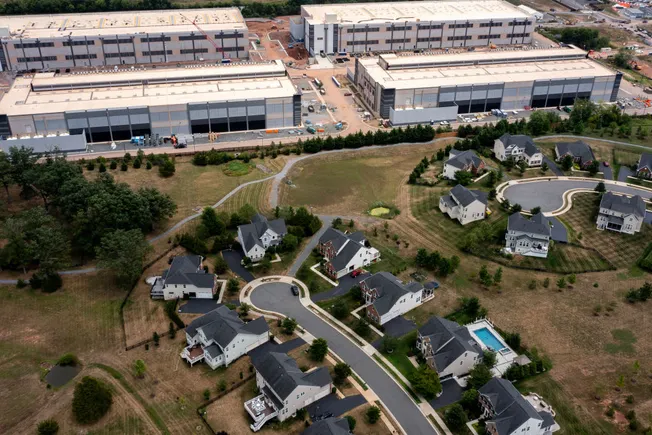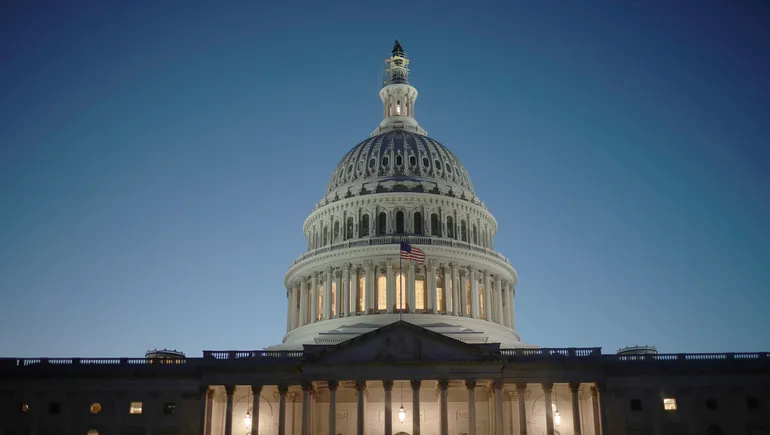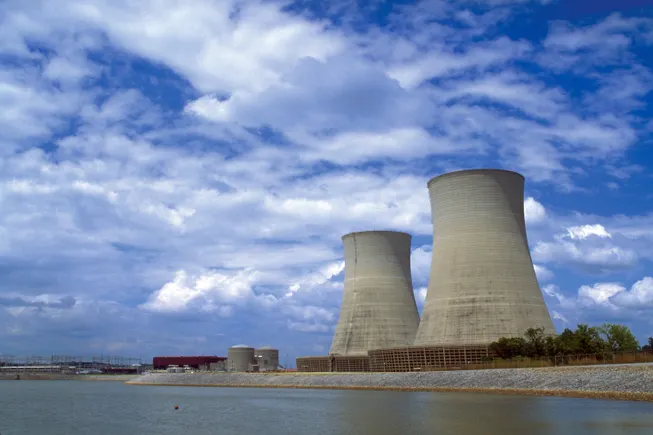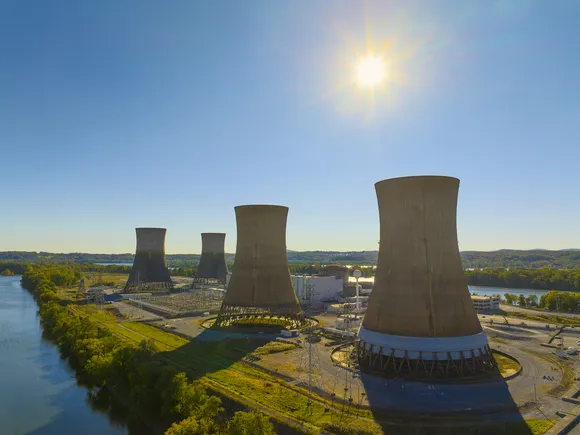5 Wine Regions Vying to Become the Next Napa
Experience what Napa was like before it became a luxe playground in Arizona, Texas, New York and North Carolina’s wine regions. [...] Read More... The post 5 Wine Regions Vying to Become the Next Napa appeared first on Wine Enthusiast.
For many American wine lovers, all roads lead to Napa Valley. The beating heart of wine production in the United States, Napa has, in the span of five decades, transformed from a sleepy rural town in Northern California into one of the planet’s most luxurious wine destinations, raking in $2.5 billion from 3.7 million visitors annually.
Arguably, no other region in the wine world has premiumized wine tourism as much as Napa. Gone are the days of rustic, no-frills (and always free) tasting rooms of the late 20th century. A trip to wine country today is an immersive experience with well-appointed tasting rooms designed to make you want to stay awhile. Once you do manage to leave, there are myriad more things to do: places to hike, ride, shop, eat, drink and be merry and then sleep it off at one of the region’s many accommodations.
And the Napa effect is catching on, apparently. The last few decades have seen rapid growth in wine regions beyond Northern California, and as vineyards and winemakers in these regions mature, so too does the tourism.
The following scenic American wine regions offer not only a variety of tasting rooms, but also an abundance of bars, restaurants, accommodations and other activities—heartily recommended by local experts—essential for action-packed vinous adventure. Pack your bags—kindly.

Western North Carolina
Before Prohibition, North Carolina produced more wine than anywhere else in the U.S., made from the first native grape variety ever cultivated in North America. (Scuppernong, part of the Muscadine species, was planted here as far back as 1587.) These days, the state has over 250 wineries—most of which are less than two decades old—producing wine with everything from Cabernet Sauvignon to Petit Manseng to Seyval Blanc, and, yes, a smattering of Muscadine.
It’s home to six AVAs, three of which (Upper Hiwassee Highlands, Appalachian High Country and Crest of the Blue Ridge) compose the western part of the state’s wine country. Tucked into the Blue Ridge Mountains, many of the region’s wineries are under an hour’s drive from Asheville and less than two hours from Charlotte.
Base yourself in the quaint city of Hendersonville, where seven wineries are within a 20-minute journey by car. Local wine shop owner Merit Wolff of Wine Sage Merchant + Wine Bar recommends a stay in one of the city’s historic B&Bs: The Henderson Inn and 1898 Waverly Inn. Or, just outside town, she’s keen on the cozy mountain cabins with hot tubs that await at the adults-only, pet-friendly Meraki Escape.
Visit Marked Tree Vineyards for beautiful mountain views from an expansive patio and a modern tasting room. Wolff suggests opting for the traditional-method sparkling Bubble Swarm and the skin-contact Pinot Gris Ottis Amber. Saint Paul Mountain Farms, Stone Ashe Vineyards and Souther Williams Vineyard are other noteworthy wineries nearby, as are Overmountain, Mountain Brook and Parker-Binns Vineyard in Polk County.

For dinner, tuck into thoughtful American fare at Postero. And if you’ve gone hard the previous night, soak up the booze with Southern staples like shrimp and grits or chicken and waffles at Shine.
Get back in shape with one of the many outdoor activities for which the Blue Ridges are famed, such as hiking, mountain biking, horseback riding or waterfall hunting. “We are so fortunate to live near Dupont State Park and Pisgah National Forest,” says Wolff. She also recommends visiting one of the town’s well-curated galleries, like Art on 7th, especially when there’s an artist-in-residence.
Southern Appalachia was hit by the devastating Tropical Storm Helene in September 2024, but fortunately most vineyards and wineries in the region were spared significant damage. Wolff emphasizes: “Most of our region is open and we are eager to have tourists return!”
Check the tourism site visitnc.com for travel updates.

Texas Hill Country
Since Texas got its first official AVA in 1985, the state’s wine industry has been on a rapid incline. The fastest-growing agricultural product in the state, wine is now made by more than 700 wineries across eight AVAs from varieties including Cabernet, Chardonnay, Viognier and Tempranillo.
One of the state’s most prominent and vast regions, with 200,000 acres under vine across a whopping nine million acres, is the Texas Hill Country AVA, located west and northwest of Austin and San Antonio, respectively.
“Texas wineries’ strongest asset is the diversity of grape varieties grown here. There’s more diversity of plantings in Texas than in France,” says Ross McLauchlan, CEO and president of The Austin Winery, which makes a range of fun natty-leaning wines inside a funky, industrial space just outside Austin.
Base yourself in either Austin or Fredericksburg. In the former, book a stay in the stylish converted 1930s motor lodge Hotel San José. For golf rounds, massages and sweeping city views, Omni Barton Creek Resort and Spa is “hard to beat,” McLauchlan says. “You’re 15 minutes toward the Hill Country already, so it’s a great spot to reset before a big getaway.”
Alternatively, stay right in the heart of Fredericksburg at Emigrant Boutique Hotel or one of its neighboring sister locations. Each uniquely blends 19th-century history with modern comfort.
Dive into wine in the light-filled tasting room at William Chris Vineyards with the educational Chef’s Table food and wine pairing. Book the Cabernet Sauvignon Experience with French winemaker Benjamin Calais at Calais Winery, and taste the crisp white Swim Spot at Lewis Wines. To experience what McLauchlan calls the “most genuine, honest, warm tour and tasting around,” book a reservation at pint-sized, zero-intervention Crowson Wines.
Big Texas skies await north of Fredericksburg at pioneering Texas winery Robert Clay Vineyards. “[Viticulturist-Winemaker] Dan McLaughlin is the best grower in the state,” McLauchlan says.
For a meal in Austin, try the mezcal margaritas (although the wine list is fantastic, too) and tuna tiradito at Este, or explore a thoughtfully crafted list of lo-fi gems at Lenoir, named for one of Texas’s native grape varieties.
In Fredericksburg, the intimate Otto’s “embraces the Hill Country’s German heritage married with the local wine scene,” McLaughlan says. “Schnitzel and Sangiovese—who’d have thought?”
If a booze cleanse is in order, take a dip at Barton Springs Pool, located within Austin’s Zilker Park. “Naturally fed with spring water, the pool maintains a constant temperature and connects you with nature, quite literally,” McLaughlan says.

Sonoita, Arizona
In just 25 years, Arizona’s wine scene has evolved from virtually nonexistent to thriving, featuring more than 150 wineries across three AVAs that cultivate everything from Petit
Verdot to Malvasia Bianca and everything in between.
Located less than an hour from Tucson, Sonoita is the state’s oldest AVA and has some of the highest vineyards in the country. An elevation of 5,000 feet brings cooler temperatures that provide a welcome respite for both vines and people. With state parks, lakes, grasslands and epic mountain views, it’s hardly surprising that tourism here has skyrocketed alongside a booming wine scene.
Base yourself right in wine country. Christina Barrueta, author of the book Arizona Wine: A History of Perseverance and Passion, recommends booking one of the five “rustic and cozy rooms set on a 20-acre horse ranch” at Xanadu Ranch GetAway, one of the oldest homesteads in Sonoita.
Or go ultra modern in a “small house” at the newly opened Casitas at Los Milics Vineyards; floor-to-ceiling windows offer grapevine views, and a large living space converts to a king-size bed at the touch of a button. “The private patio is the best spot to watch the sunset or enjoy the breakfast baskets delivered every morning,” Barrueta says.
Milics also comes highly recommended for its restaurant and wine-tasting experience. “The modern architecture of Pavle Milics’s tasting room is as much a draw as the wines,” says Barrueta. Try the Ita’s Rosé with salmon rillettes. Other not-to-miss wineries include regional pioneers Callaghan Vineyards and eco-conscious Rune Wines.
Tuck into a plate of caviar with crème fraiche and Lay’s potato chips or a seasonal pie at Pronghorn Pizza, part of Dos Cabezas Wineworks. Barrueta also recommends Copper Brothel Brewery for sweeping mountain views and a hearty Southwestern pub menu.
When the booze and food get to be too much, hit one of the many horseback riding trails in the Las Cienegas National Conservation Area or Patagonia-Sonoita Creek Preserve; rent kayaks, paddle boards or fishing boats on Parker Canyon Lake Marina. Peruse the art galleries in Patagonia or even plan your trip around the town’s annual Art Walk in November.

Finger Lakes, New York
The heart of New York wine beats loudest in the center of the state on a series of deep, narrow lakes. The vineyards of the Finger Lakes are known for producing world-class Riesling, spicy Blaufränkisch, Cabernet Franc and sparklers. Flush with rich history, breathtaking lakeside vistas and more enchanting waterfalls than is fair for any one place to have, the Finger Lakes’s modern wine scene has been evolving since the mid-20th century. Recent years have ushered in a slew of exciting additions to the region’s culinary tourism offerings.
Base yourself on centrally located Seneca Lake, which has the most wineries. Upstate New York-based wine writer and educator Maiah Johnson Dunn recommends a stay at the historic 1897 Beekman House Bed & Breakfast, owned and operated by sommeliers Greg and Lilly DeForest-Campbell.
“The pair puts their sommelier experience to use with the option to take you on a custom curated wine tour of the Finger Lakes,” says Dunn. If you’re a large group, book a whole house through Finger Lakes Premier Properties.
Start your tasting journey off right with the first winery to plant commercially on Seneca Lake and the first and only in the region to farm biodynamically, Hermann J. Wiemer. “Visit for the history, stay for a library experience and taste the ageability (and deliciousness) of New York [Riesling] firsthand,” Dunn says.

Drive west to Living Roots Wine & Co. on Keuka Lake. Order the cheese plate and pair it with a large range of unfussy wines like the gluggable Red Rizza, a 100% Riesling fermented wild on Cabernet Franc skins. “They have arguably the best views in the region and some of the nicest staff behind the bar,” says Dunn. “It’s a little too easy to spend an afternoon on their [pet- and child-friendly] property.”
Dine out at local wine-industry hotspot Kindred Fare, located just outside Geneva, where the wine list “unapologetically celebrates Finger Lakes,” Dunn says. Savor a glass of Sherry at the cozy Pintxo Wine Bar in Canandaigua, or swap wine for booze at Hollerhorn Distillery, which “crafts some incredible spirits off the beaten path, including tree spirits and a variety of fruit brandies. Their food is truly next level. Visit for brunch and stay for the live music.”
Get your waterfall on by hiking the gently inclined Cascadilla Gorge Trail in Ithaca or experiencing the 19 waterfalls cascading through Watkins Glen State Park at the bottom of Seneca Lake. Dunn also recommends a farm tour at Sweet Farm sanctuary, and Wine Pairing 101 or a pasta-making class at New York Kitchen.

McMinnville, Oregon
An hour southwest of Portland, McMinnville is one of 11 AVAs in the world-famous Willamette Valley and Oregon’s wine epicenter. With a slew of tasting rooms in town and an additional 220 wineries and vineyards within 20 miles, this AVA arguably most rivals Napa when it comes to the sheer density of wine-centric pleasures.
Katherine Cole, an Oregon-based wine author, recommends staying in the heart of McMinnville, either in one of the “handsomely outfitted, high-ceilinged, capacious suites” at Tributary Hotel, or at the historic, “smartly decorated” Atticus Hotel.
Just outside McMinnville, local wine-industry consultant Bree Stock MW recommends a spa experience at The Allison Inn & Spa, “the original Willamette Valley wine country inn.”
And both Cole and Stock gush over farm stays at Abbey Road Farm (“guests stay in tastefully refurbished grain silos,” says Cole) and Inn the Ground, an “outstanding regenerative organic farmstay [and] bed-and-breakfast experience set in the hills of the Coast Range,” according to Stock.
Take a stroll to one of McMinnville’s many tasting rooms. Cole has a soft spot for Harper Voit. “The serene setting is as subtle as the low-intervention wines served, including a nuanced barrel-fermented Pinot Blanc,” she says. Then, hit the road for Momtazi Vineyards and Maysara Winery, which offers elegant Pinot Noirs in a “gorgeous, sprawling biodynamic estate south of town where visitors are welcomed in a massive stone barn.”
For what Stock calls a “reverential experience,” drive northeast to the mountaintop organic vineyard Beckham Estate, where you can view the stunning amphoras handmade by winemaker and artist Andrew Beckham. Or splurge on the chef-curated pairing experience at Oregon’s first regenerative and organic-certified vineyard, Ambar Estate.
Taste some of Stock’s own wines (made with partner Chad) from “alternative” varieties like Gamay and Aligoté at the Limited Addition tasting room.
For a wine break, Cole loves Thistle for “sophisticated cocktails and dinner.” Both Cole and Stock call Humble Spirit (owned by the Inn the Ground folks) one of the best farm-to-table restaurants around.
Also, the newly renovated Jory at The Allison Inn offers a native foods tasting menu that honors the culinary traditions of Executive Chef Jack Strong, a member of the Confederated Tribes of Siletz Indians.
Hike or bike off your indulgences on one of the Coastal Range trails; forage for wild mushrooms and native plants with First Nature Tours; or keep on wining and dining in the charming nearby town of Carlton, where, Cole says, Flâneur Wines and Carlton Bakery are not to be missed.
This article originally appeared in the June/July 2025 California issue of Wine Enthusiast magazine. Click here to subscribe today!
More Travel Coverage
- The coolest places to camp in wine country, from coast to coast.
- These stunning destinations bring their A-game to golf and wine.
- Pair horseback riding with wine at these resorts.
- The best Napa wineries to visit right now, according to insiders.
- Sun-drenched and flower-filled, these are the most beautiful Chardonnay regions in the world.

In the shop
Full Grain Buffalo Leather 6-Bottle Wine Bag with Corkscrew & Aerator Personalized
In Stock | $219
The post 5 Wine Regions Vying to Become the Next Napa appeared first on Wine Enthusiast.











